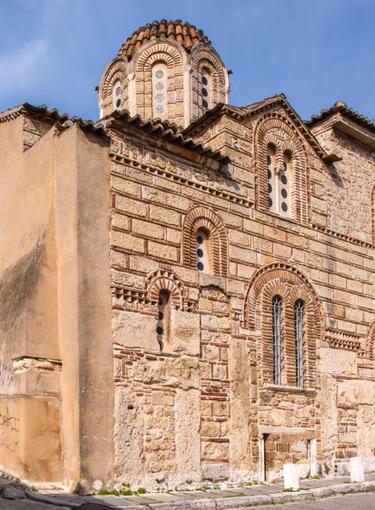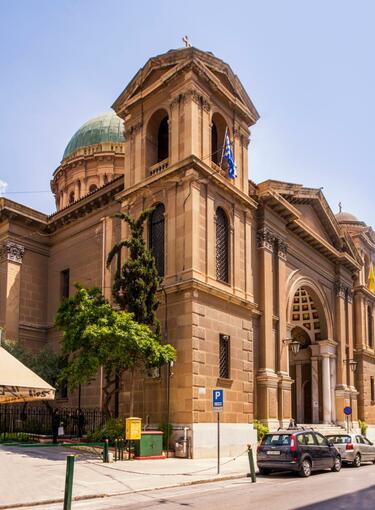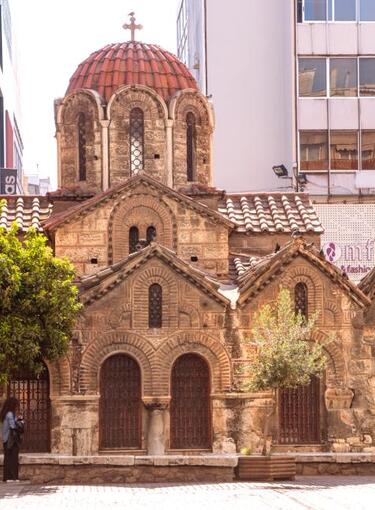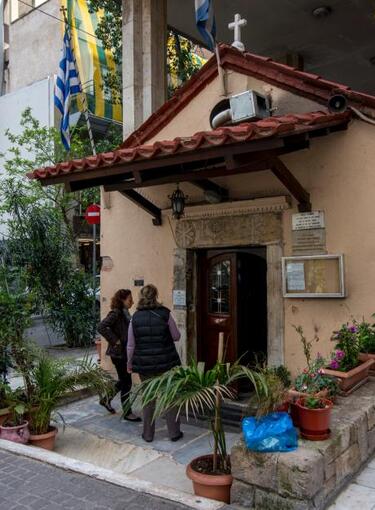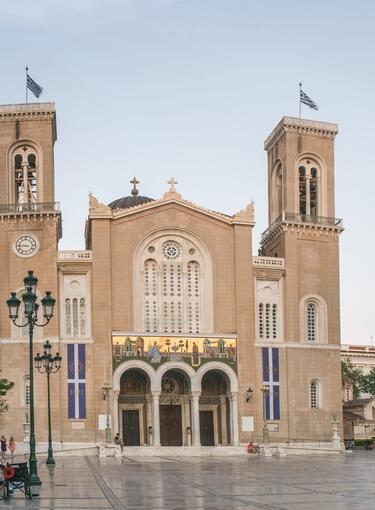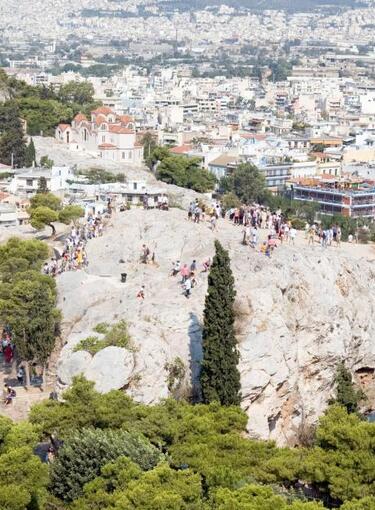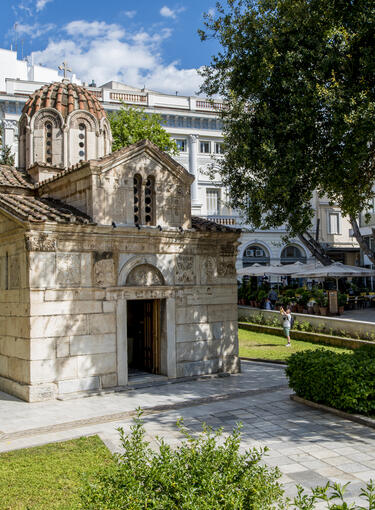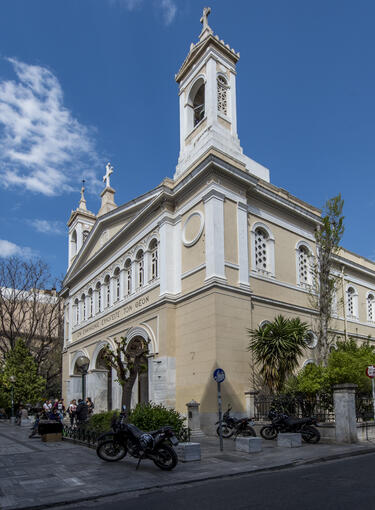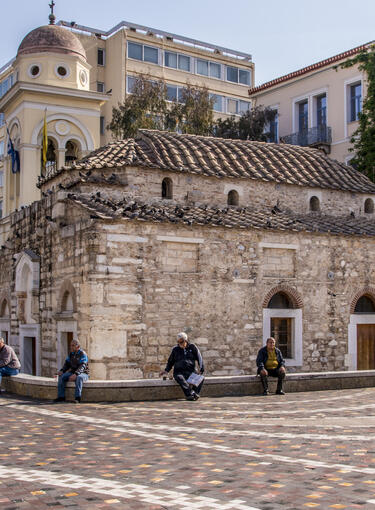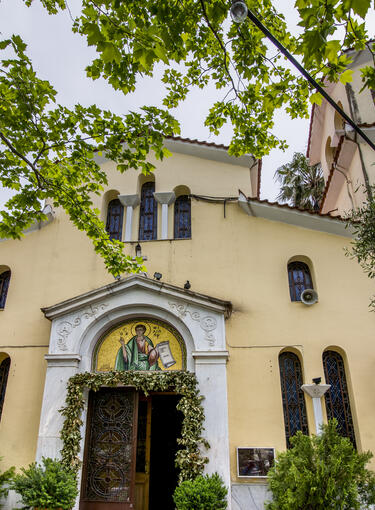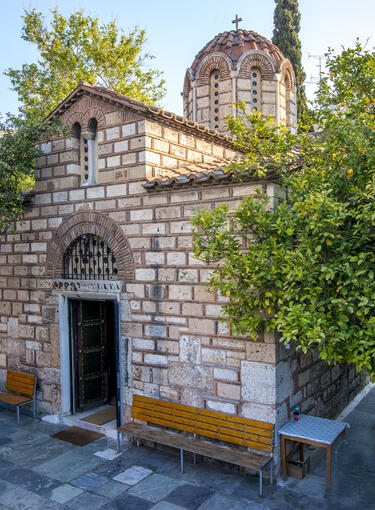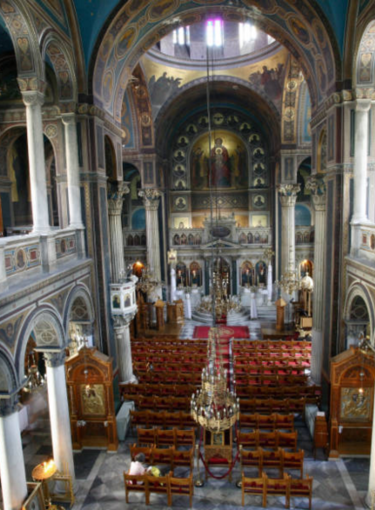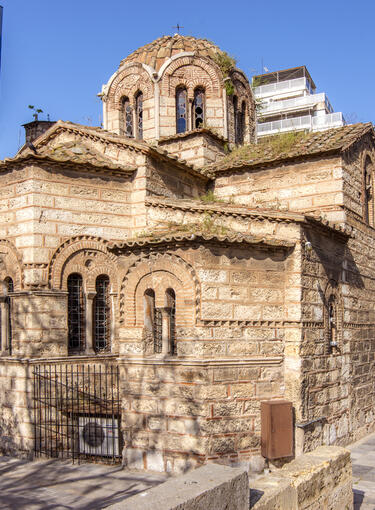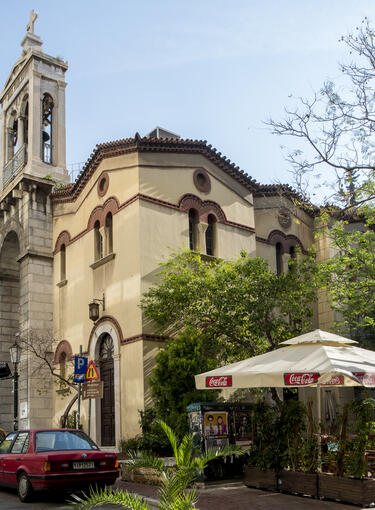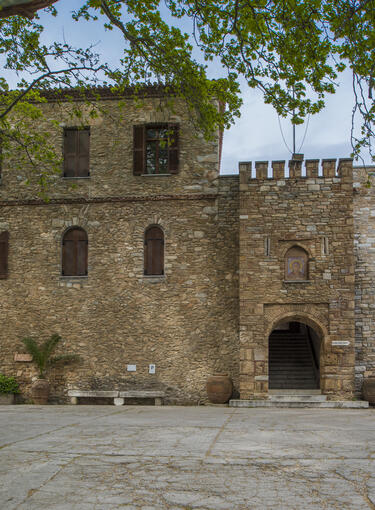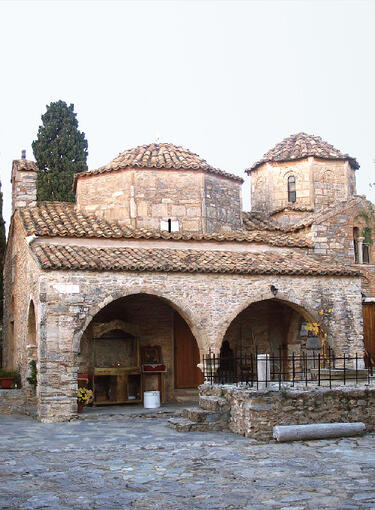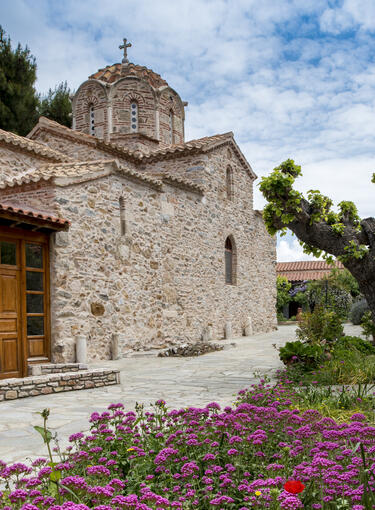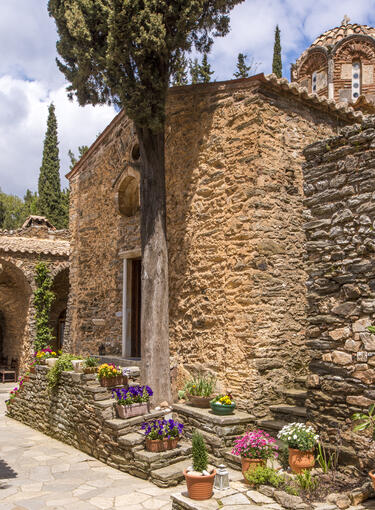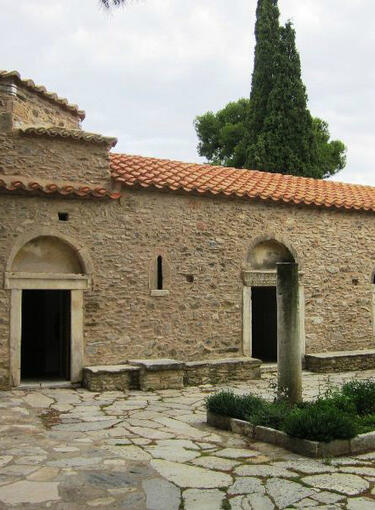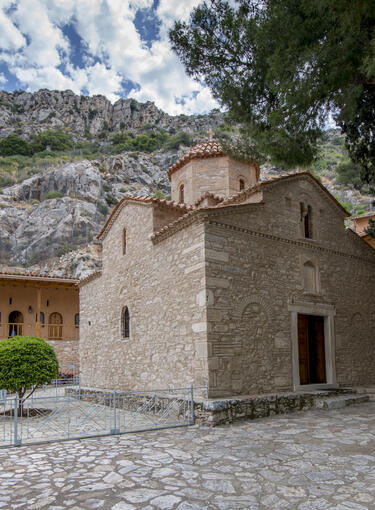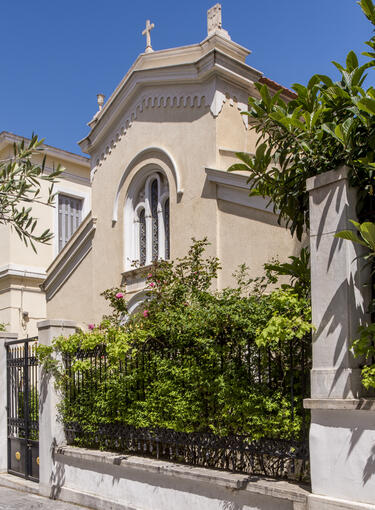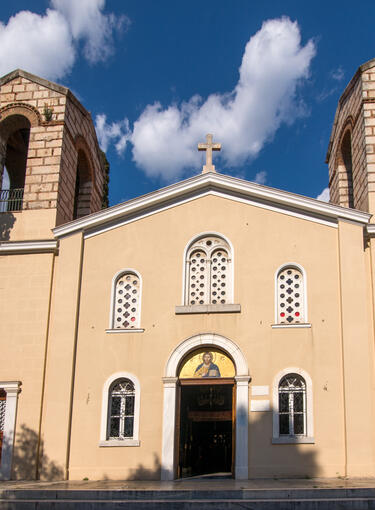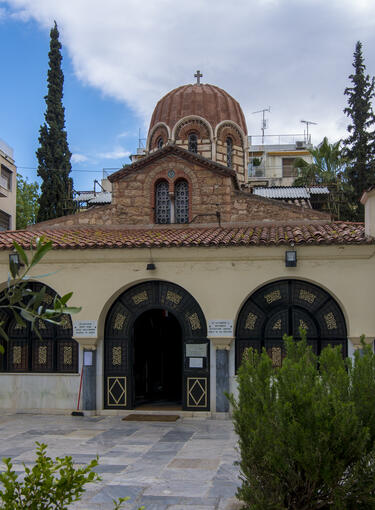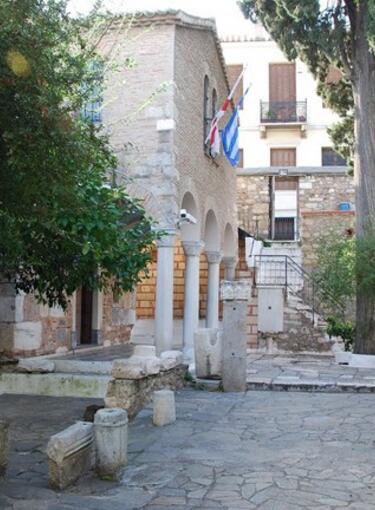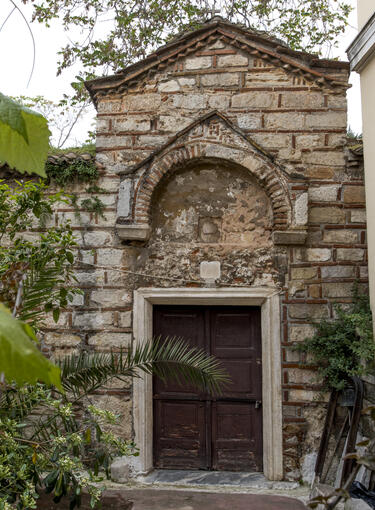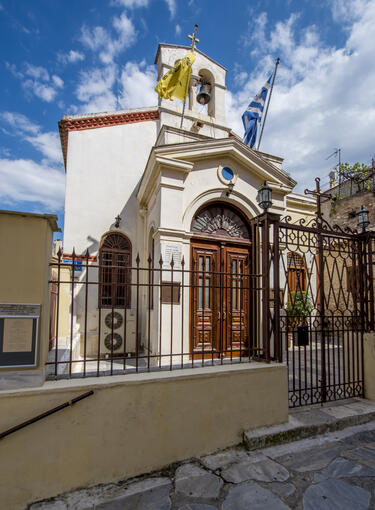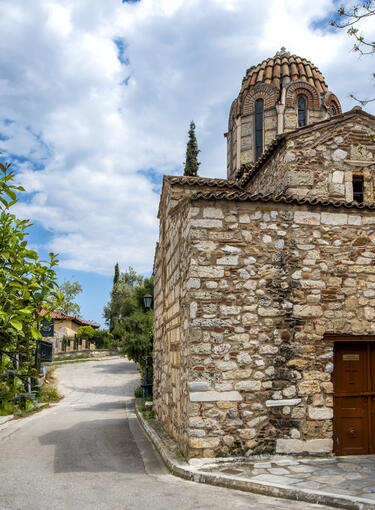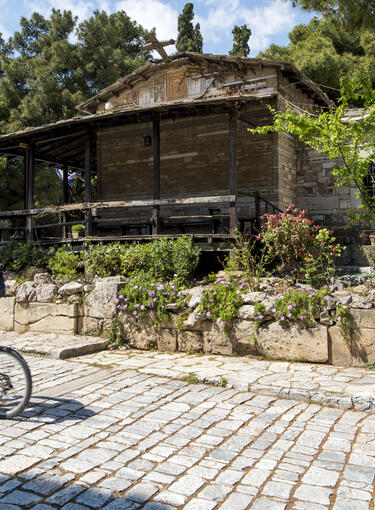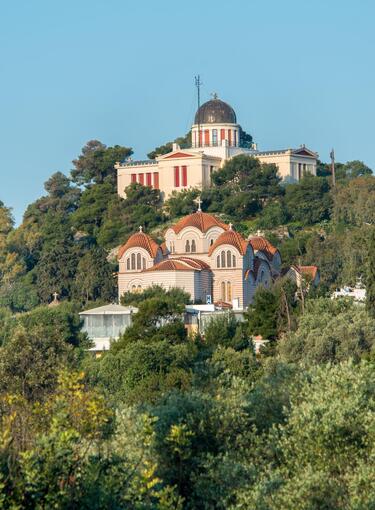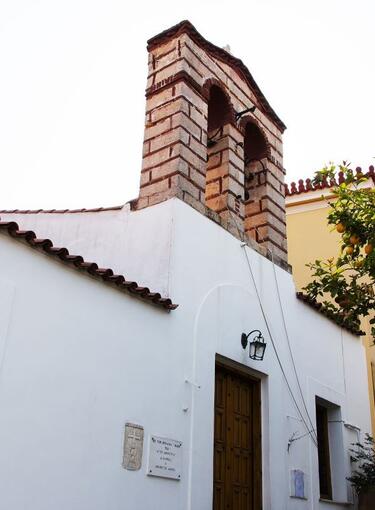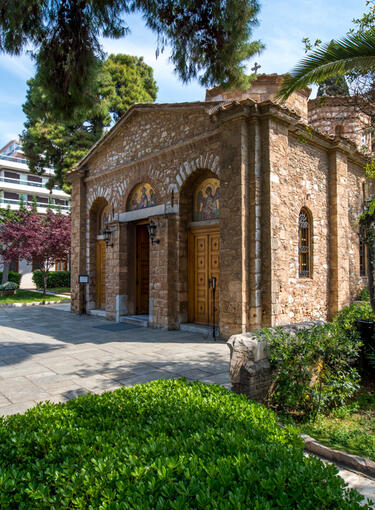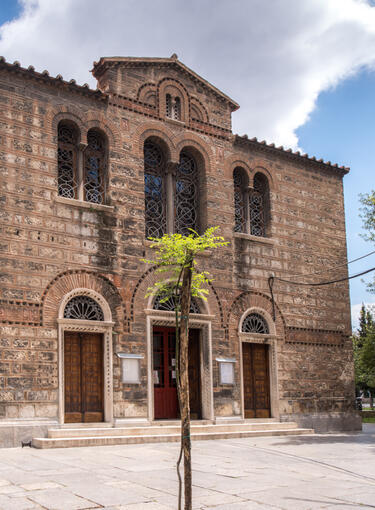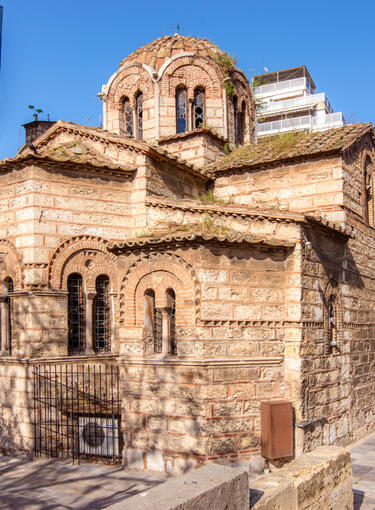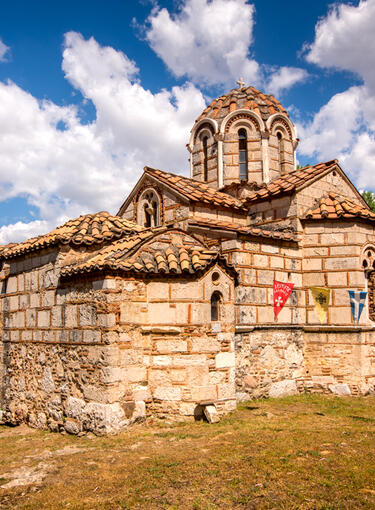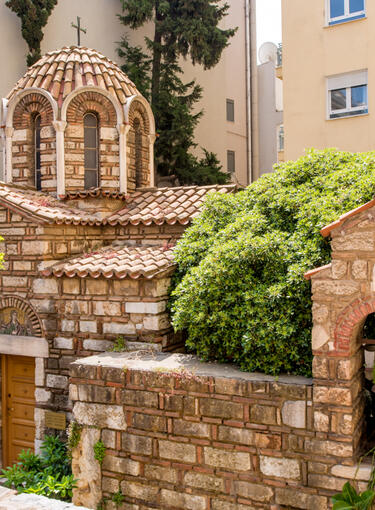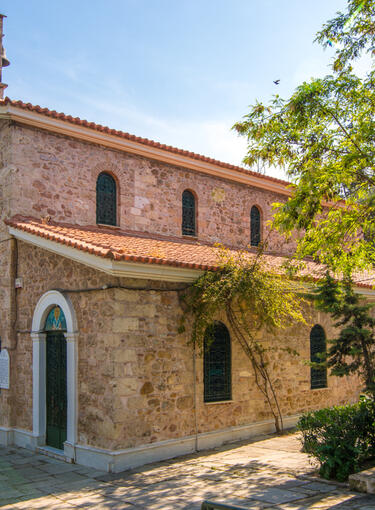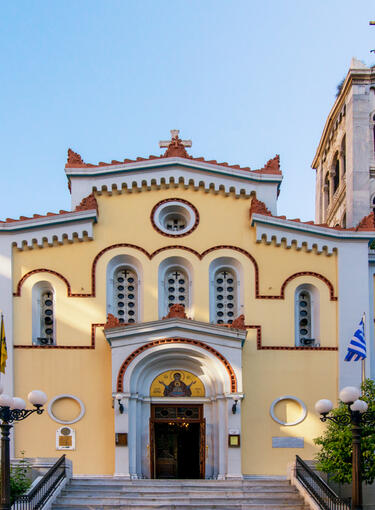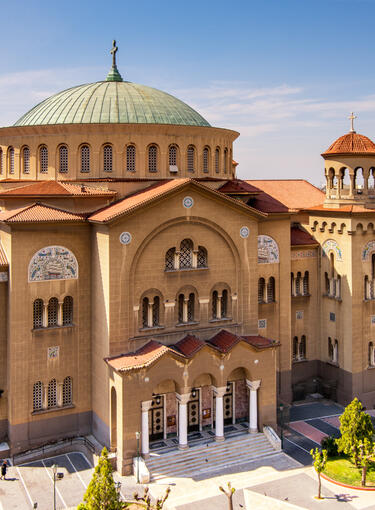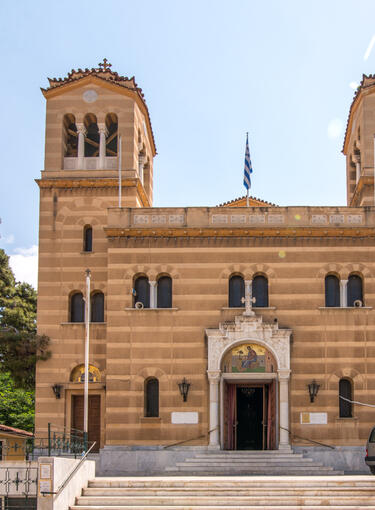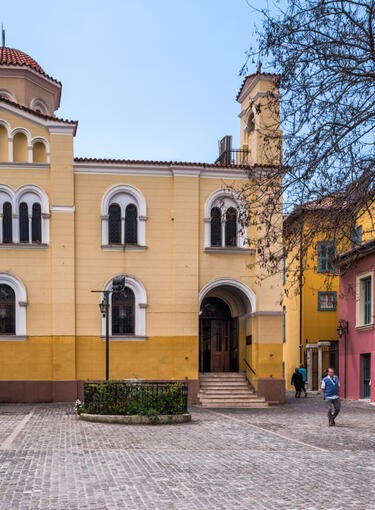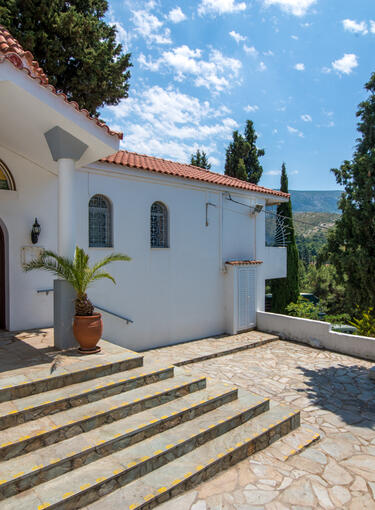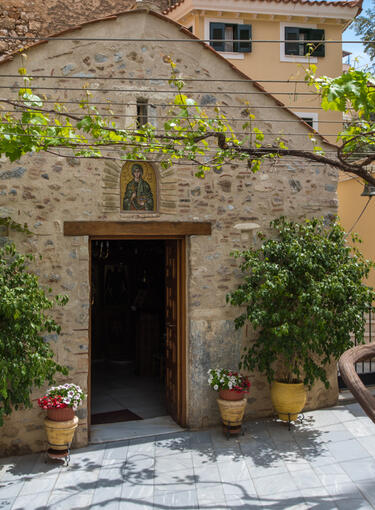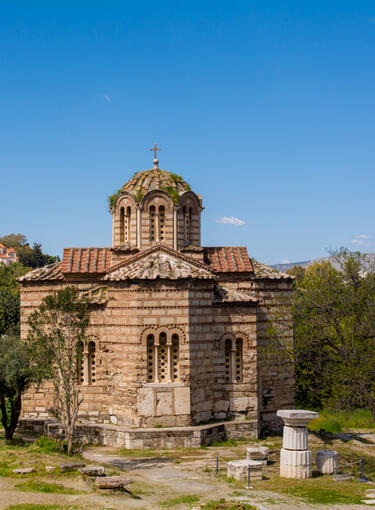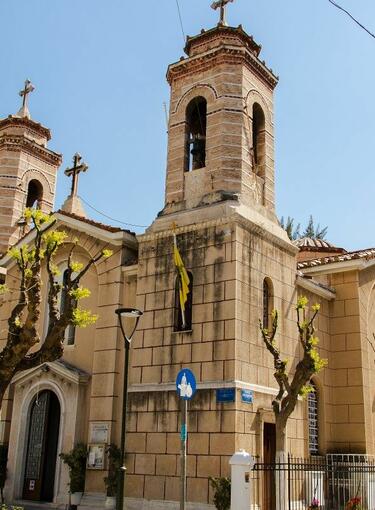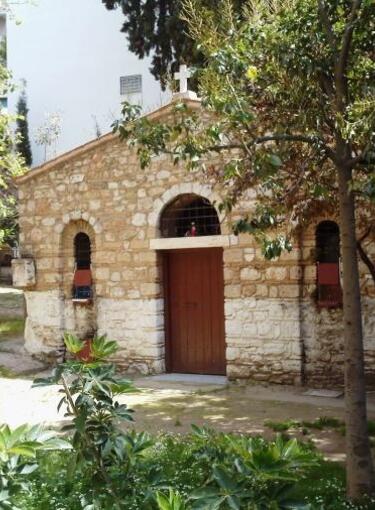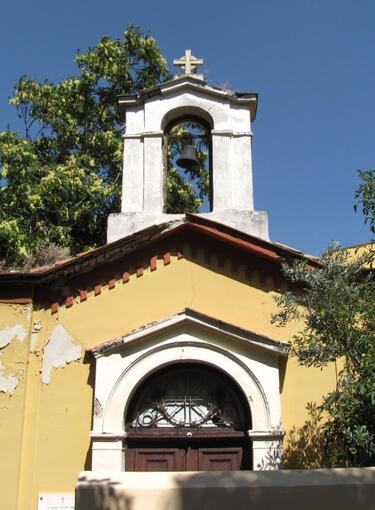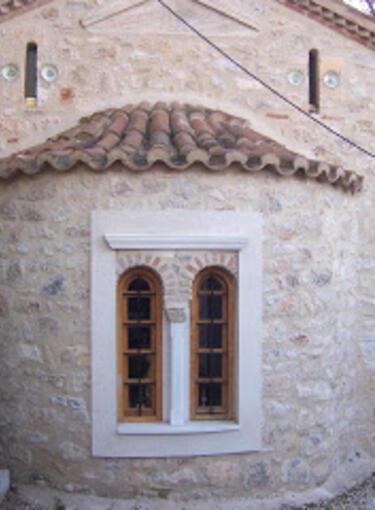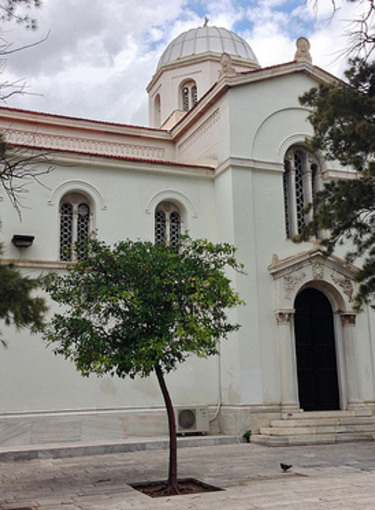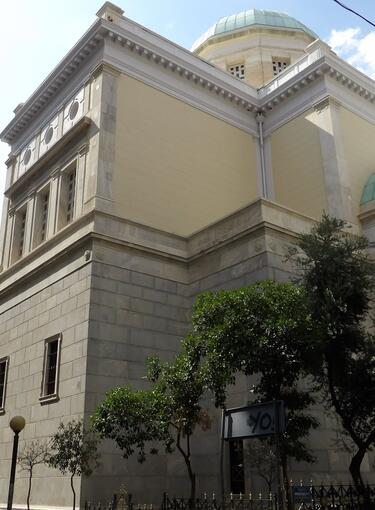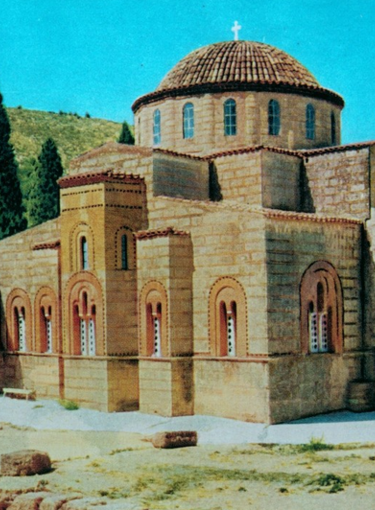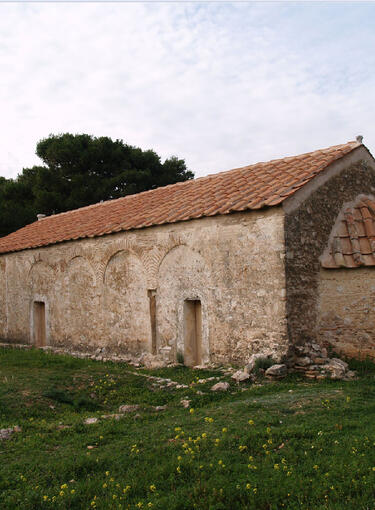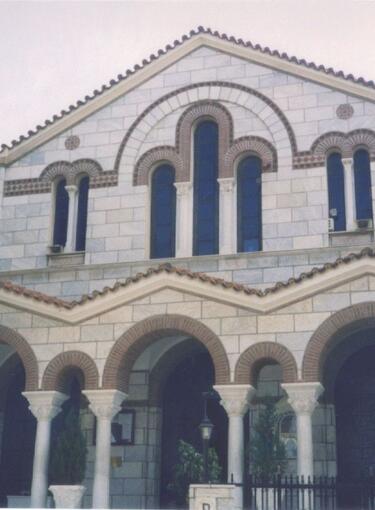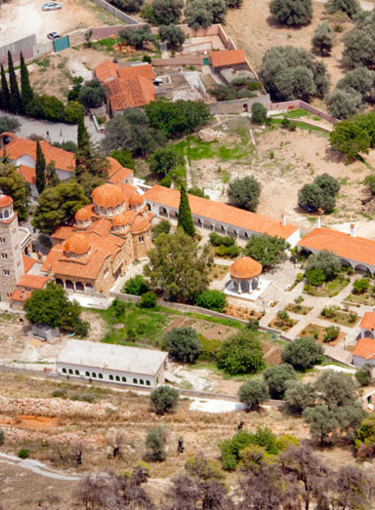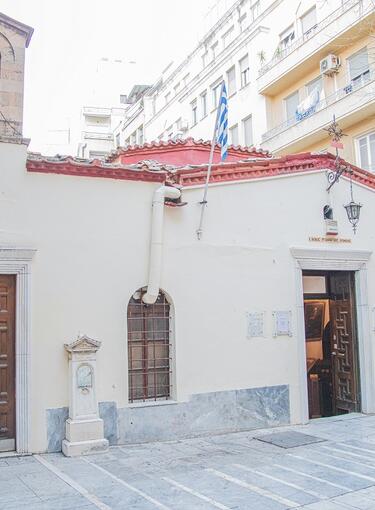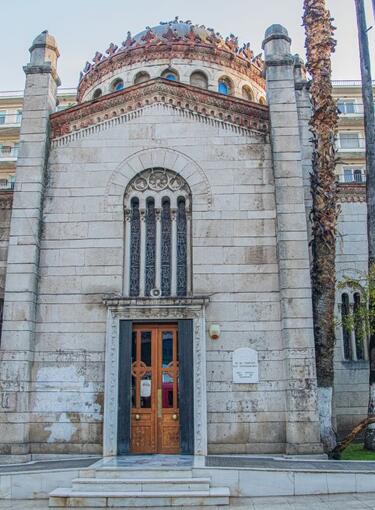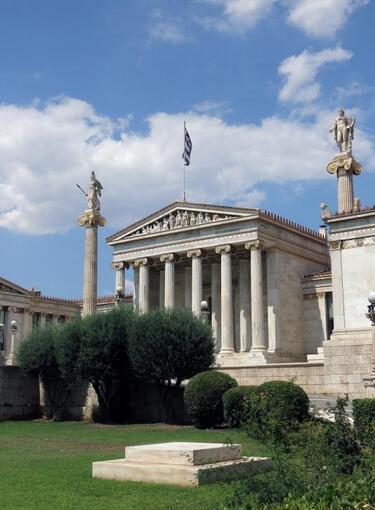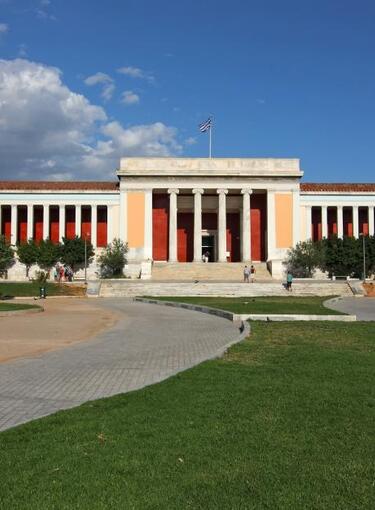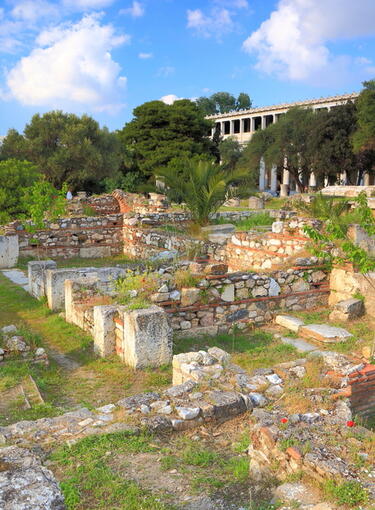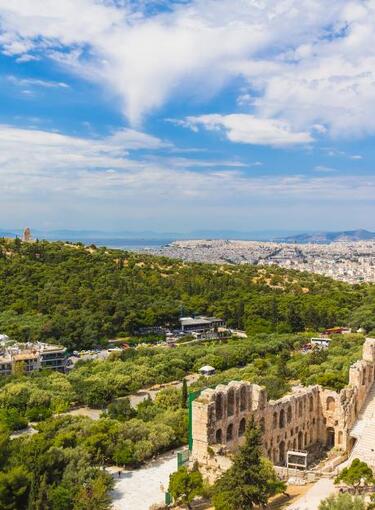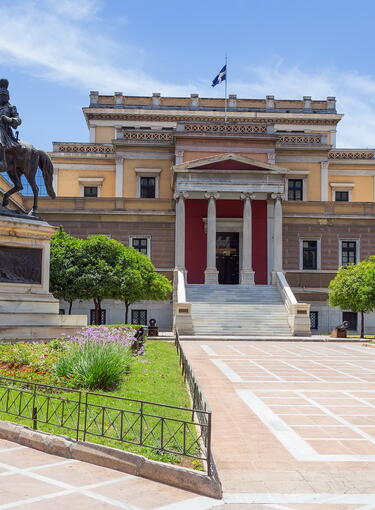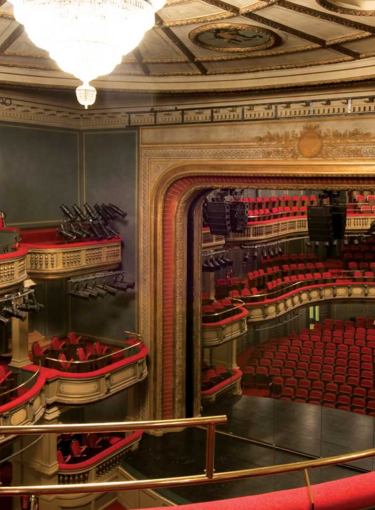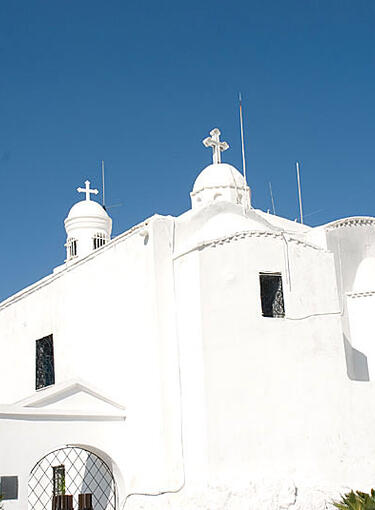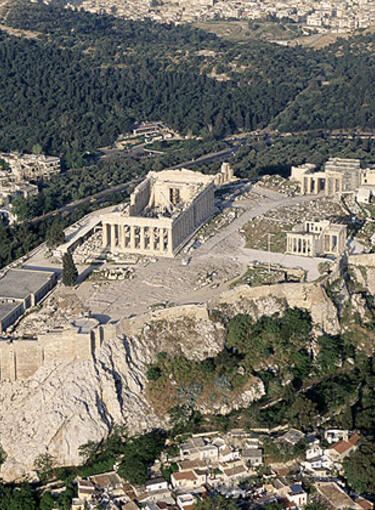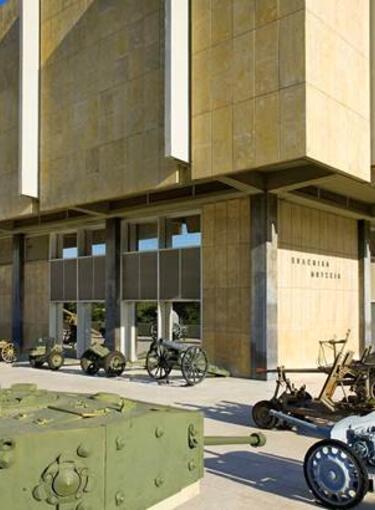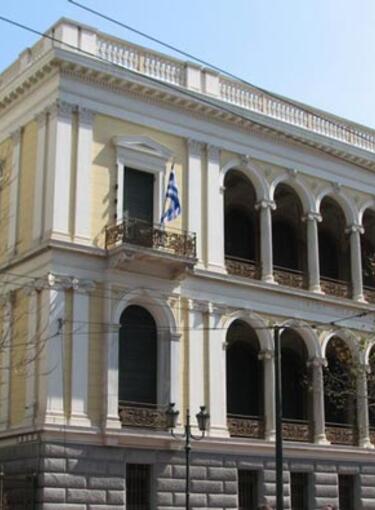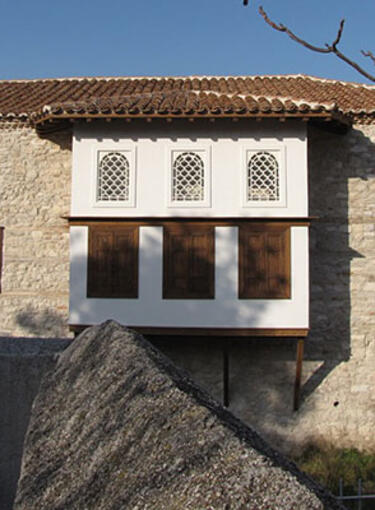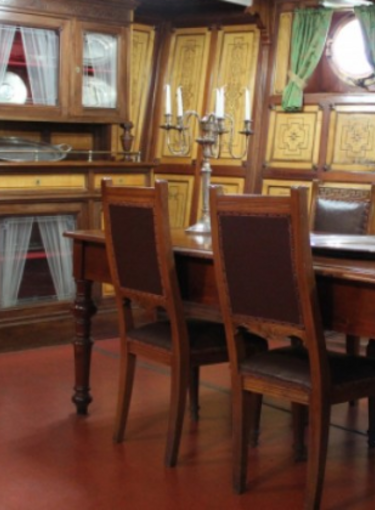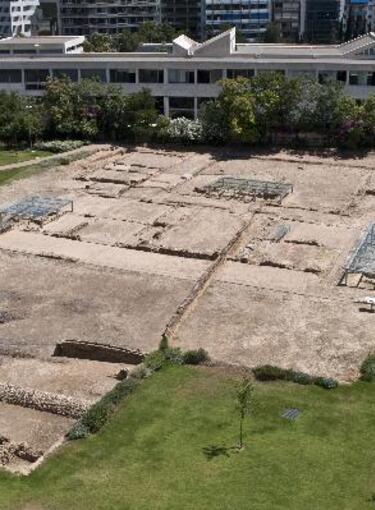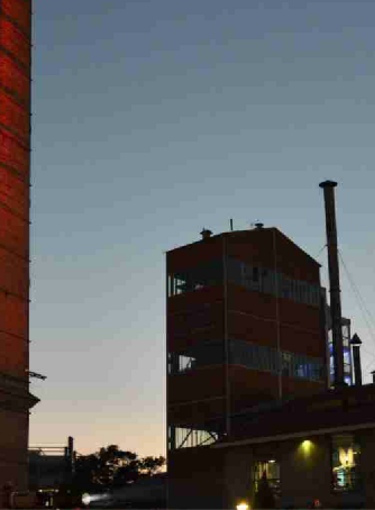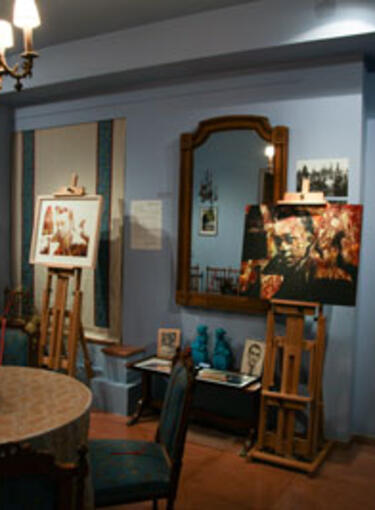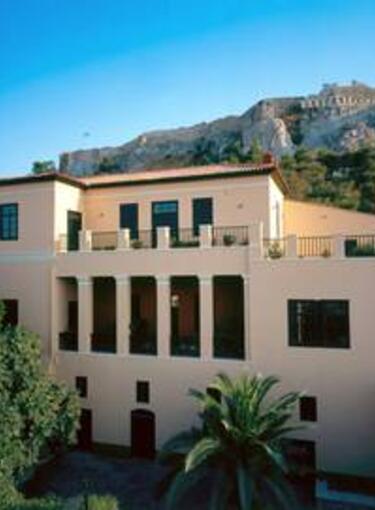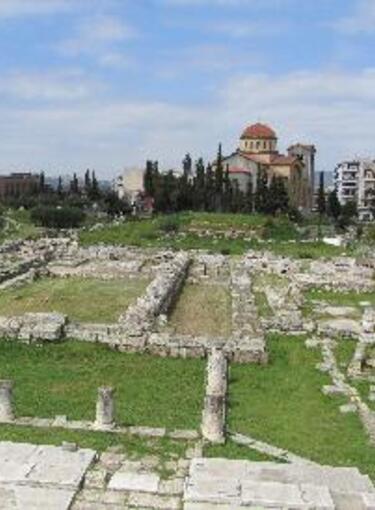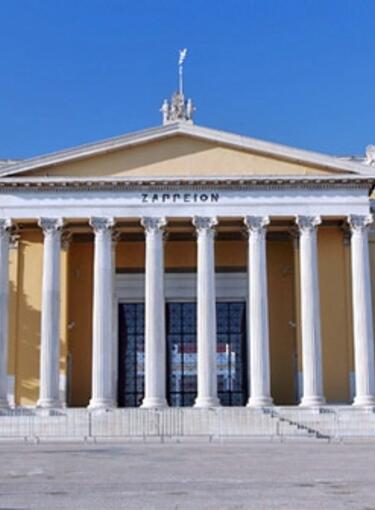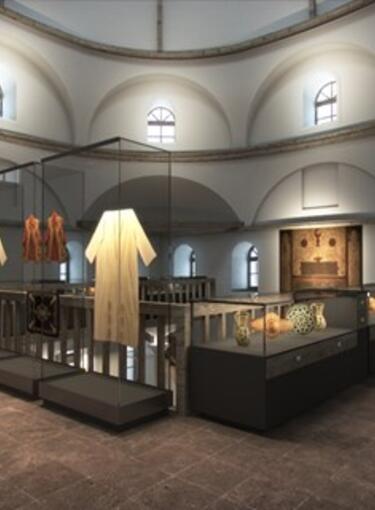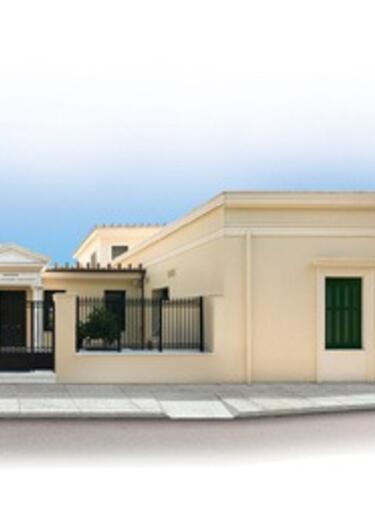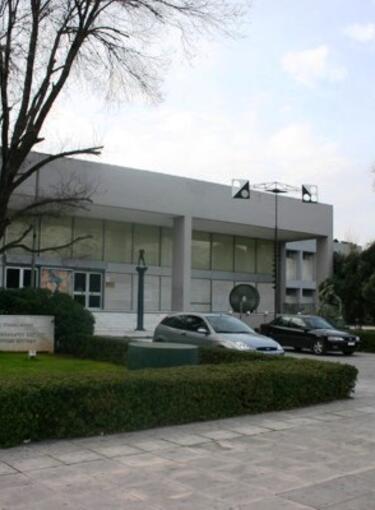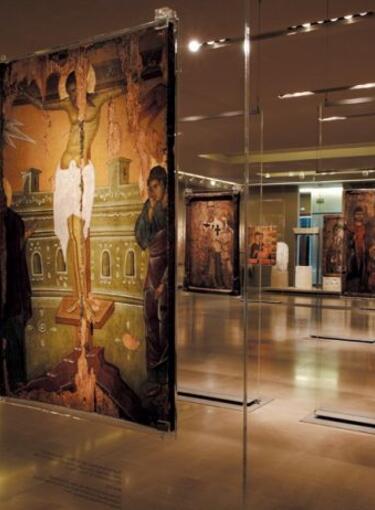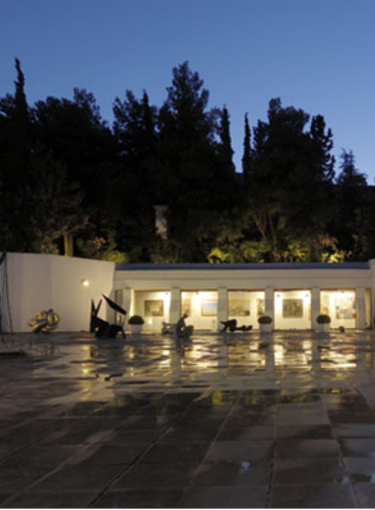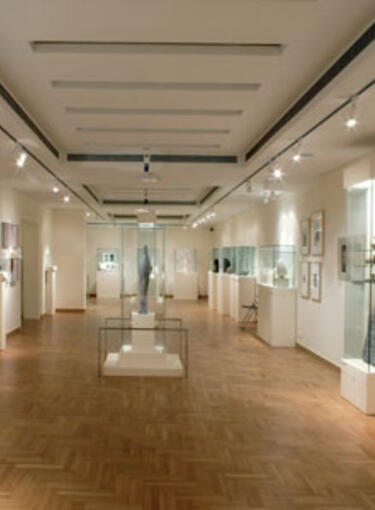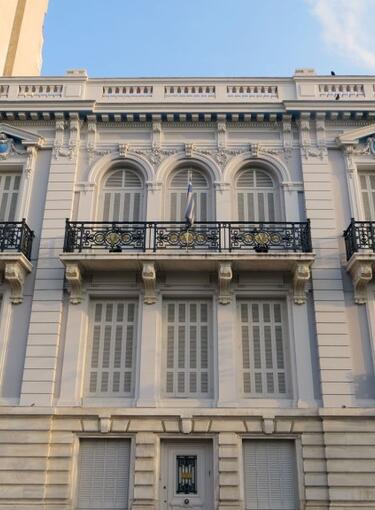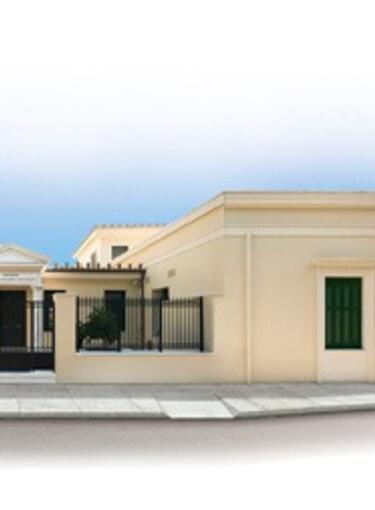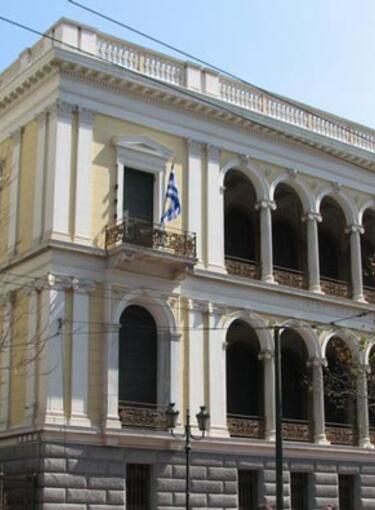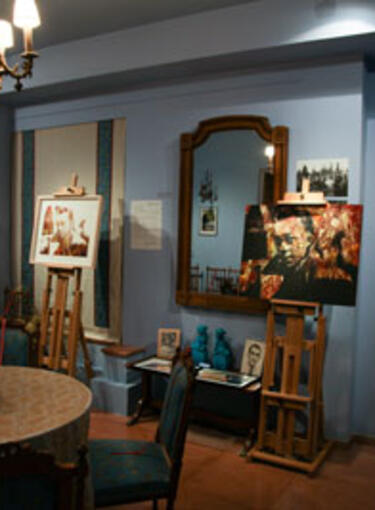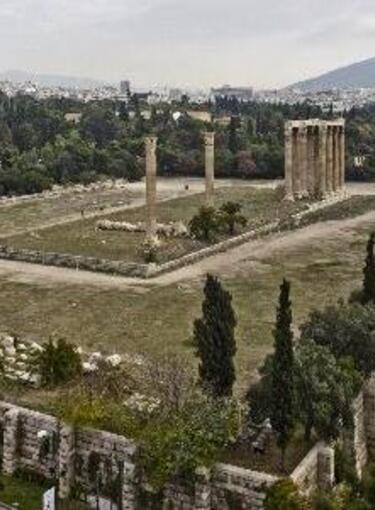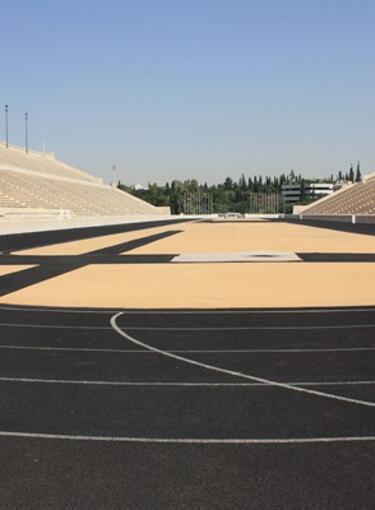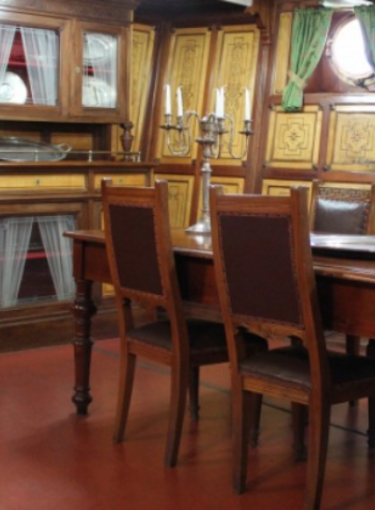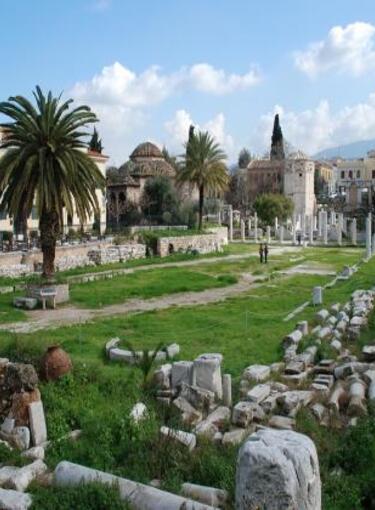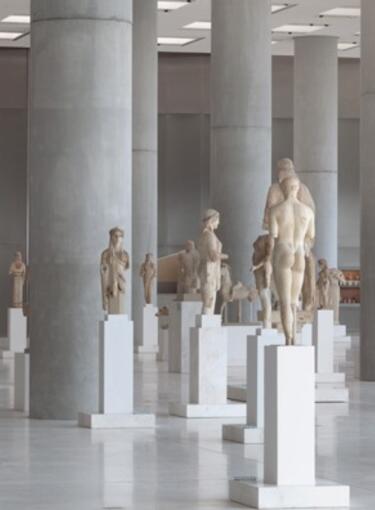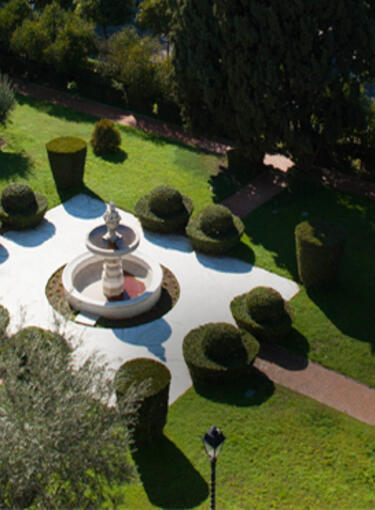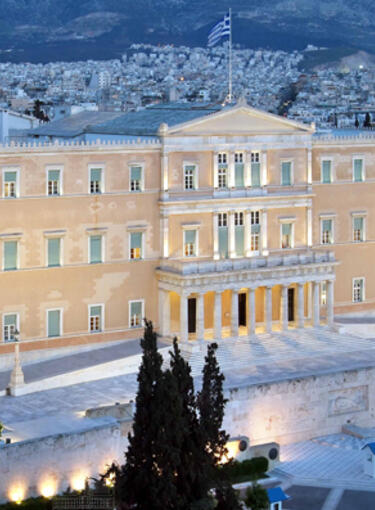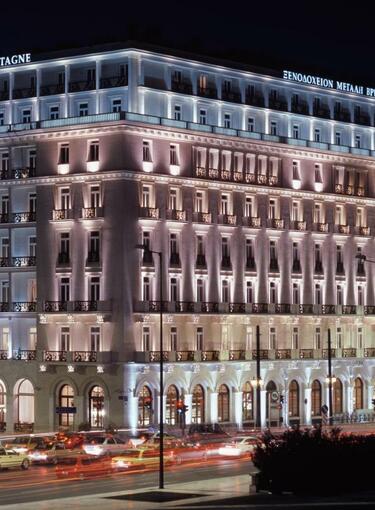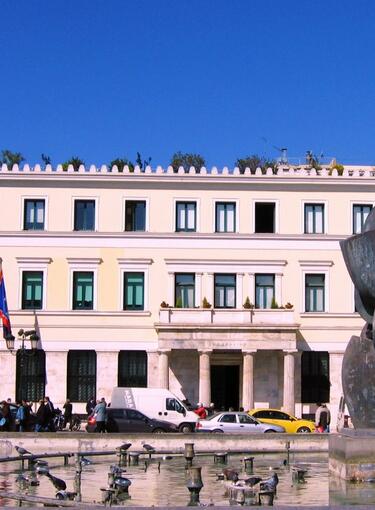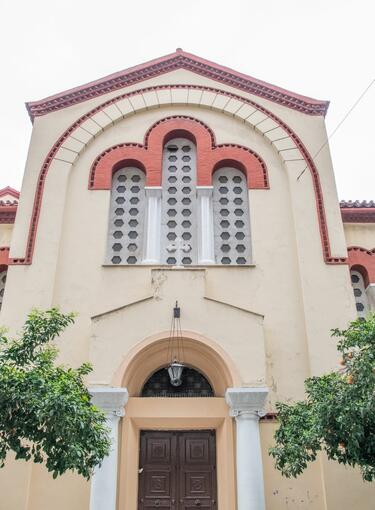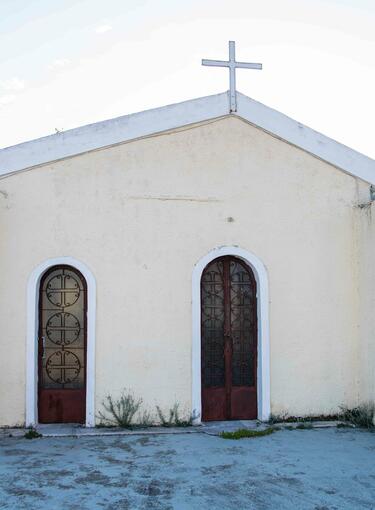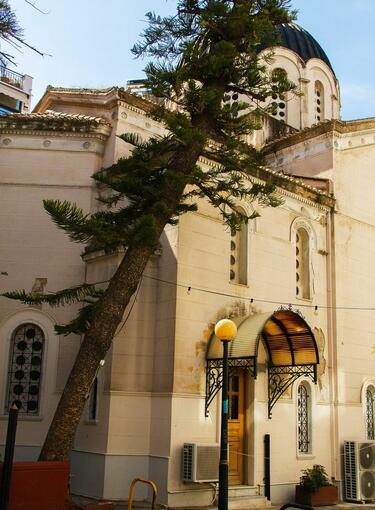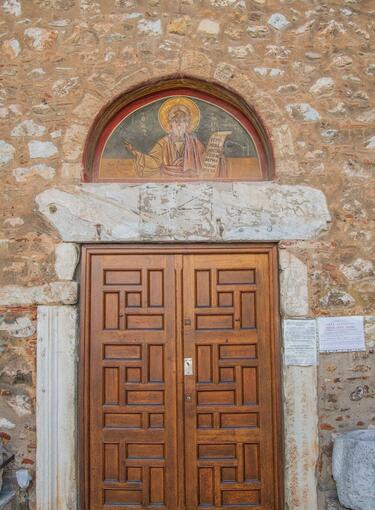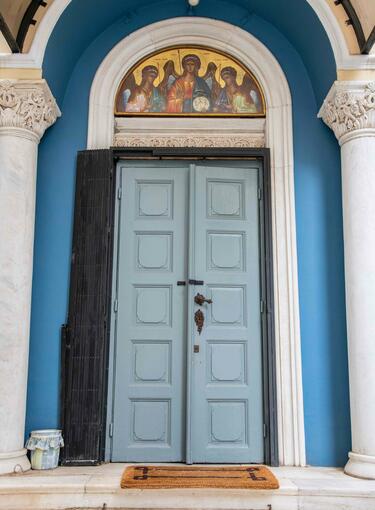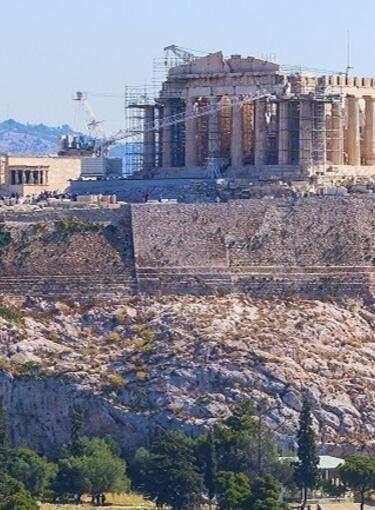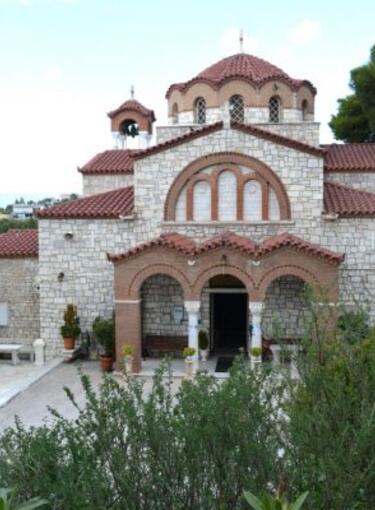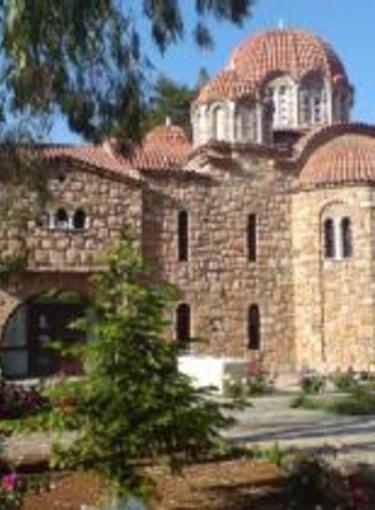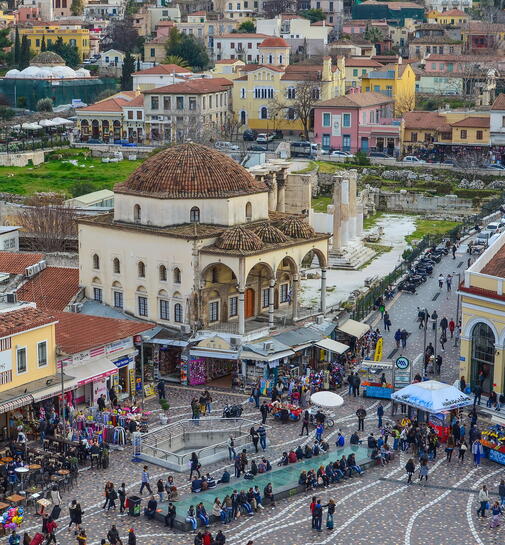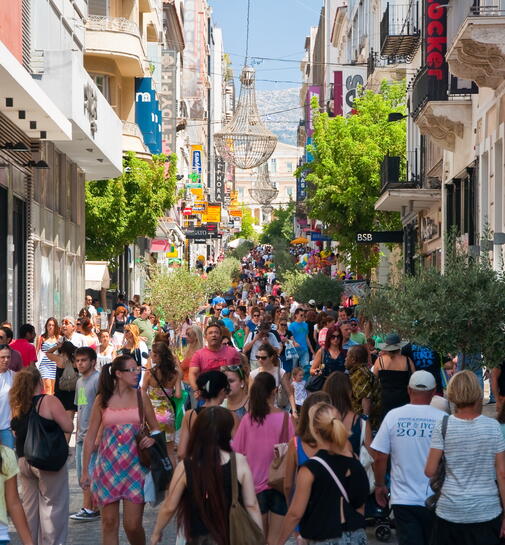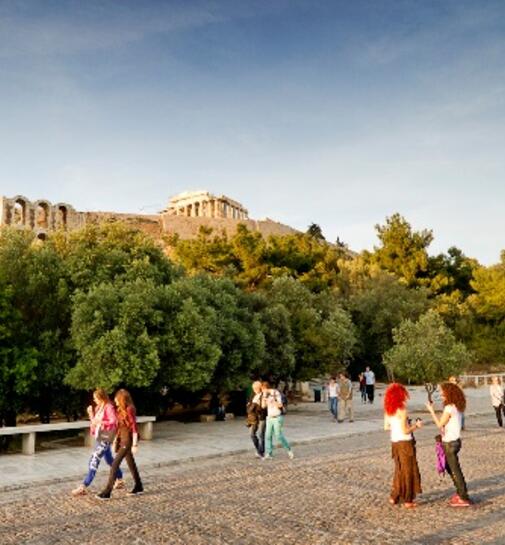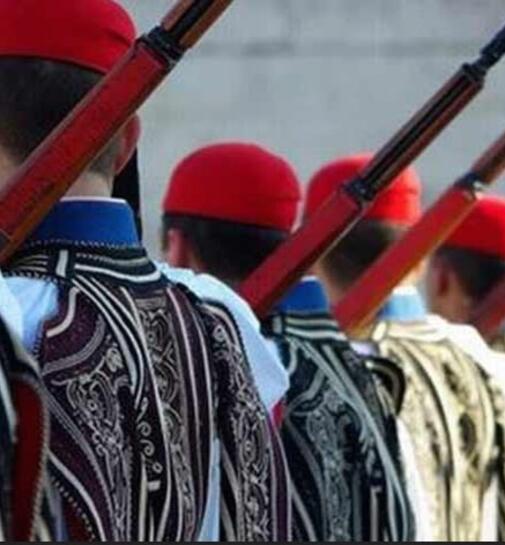The Holy Parish Church of Saint Demetrius in Psirri is located in the southwestern center of the old town of Athens, on Pallados Street, the first side street off Athinas Street, between the Athens City Hall and Monastiraki Square, with a view of the Acropolis and the Parthenon. The church was founded in 1845 during the reign of King Otto, Prince of the Royal Bavarian House of Wittelsbach. The church was built on the site where an earlier church, demolished for unknown reasons, once stood. It had already been a parish church before the capital of Greece was moved from Nafplio to Athens (1834). For a period, it was used as a cathedral before Saint Irene on Aiolou Street was designated as such.
The parish of Saint Demetrius provided both moral and financial support to the refugees of the Asia Minor Catastrophe of 1922, offering them hospitality for an extended period. The church is a representative example of mid-19th century neo-Hellenic ecclesiastical architecture. It is of the cross-in-square style with a dome.
Saint Demetrius also oversees the Church of Saint John at the Column, on Evripidou Street, at Koumoundourou Square. This chapel is situated in a small, lush courtyard and has the unique feature of being built around a tall ancient column with a Corinthian capital, which protrudes from the tiled roof of the church.
Church of Saint Demetrius at Psyrri
It is a church, a jewel at the centre of Athens, with a view to the Acropolis and the Parthenon, built in the district where earlier another church had existed. In fact, it was used for a time period also as cathedral. It is the church of Saint Demetrius in the neighborhood of Psyrri. It was named Saint Demetrius ‘the new’, as reported by the historian Dimitrios Kambouroglou, owing to an icon of the Saint looming in the interior of the church. In the particular icon the Saint is presented young and standing, bearing a spear and breastplate and not on horseback. From an inscription preserved above the western entrance, there arises the construction year of the church ‘THIS CHURCH WAS CONSTRUCTED UNDER THE CURATORSHIP OF G. KOTTOROS AND / N. TZAVARAS OVER THE PARISHIONERS AND SUBSCRIBERS ON MARCH THE 9TH 1845’. Another inscription summarises the most important phases through which the monument went through ‘HOLY CHURCH OF SAINT DEMETRIUS / THE ALL HOLY CHURCH WAS CONSTRUCTED / UNDER THE VICARSHIP OF PRIESTS SPYRIDON VIBOS, IOANNIS DERVOS, AND IOANNIS MANTZAKOS, AND UNDER THE CURATORSHIP OF MR. GEORGIOS / KOTOROS AND MICHAIL TZAVARAS. IN THE YEAR 1845 THE NAVE WAS EXTENDED FROM ITS FOUNDATIONS WITH THE DOME IN THE YEAR 1901 / UNDER THE VICARSHIP OF MR. NIKOLAOS / SARANTIDIS IRINARCHOS VAKRATSAS EF/STATHIOS STATHOPOULOS MR. SPYRIDON VALA/VANIOTIS AND DURING 1912 IT WAS DECORATED / UNDER THE VICARSHIP OF THE HEREINABOVE PRIESTS / UNDER THE CURATORSHIP OF MR. VASILIOS SVOLOPOULOS ANASTASIOS KAPOTAS AND MR. STATHOPOULOS AND IT WAS RENOVATED IN THE YEAR 1963 / UNDER THE VICARSHIP OF THE PRIEST DIONYSIOS XENOS / BOZIKIS AND UNDER THE CURATORSHIP OF MISTERS KYRIAKOS / GIANAKOS GEORGIOS M. BILIOS’ Saint Demetrius Church belongs to the type of the cruciform four-columned domed church with a transept and a long western aisle. It is a bi-substantial church. The southern aisle is dedicated to Saint Timothy and Maura. The templon of the church is wooden, perhaps of 1850, with classicistic and Byzantine elements. Rich is the iconography, but also the ornamentation of the church. 4. The two bema doors bear the icons of the archangels with the signature of N. Sarantidis and the date of 1850. The figures of the archangels appear to be the earliest cases of an iconographic form of archangels, which dominated in the rest of the century and in the beginning of the 20th century. The oval shape, the large expressive eyes, the youthful and firm skin, the rich fair hair-style, which is divided in the middle are a few of the common elements and allude to similar Renaissance depictions of angels and archangels. On the dome is depicted the Pantokrator and on the dome drum the twelve apostles. On the pendentives are depicted the four evangelists and on the intradoses of the arches one can observe sixteen busts of prophets. The conch of the Sanctuary is graced by Theotokos as the Platytera of the heavens and just beneath, six whole-bodied hierarchs. In the conch of the Prothesis is located the depiction of the Nativity of Jesus Christ and in the Diaconicon the Descent from the Cross. The identity of the icon painters of the murals is not absolutely elucidated. It is certain that many overpaintings took place especially in 1937, in 1949 and 1964. The decoration of the church generally follows western-style models, and yet the overall interior impression of the church creates the sense of a traditional building.







